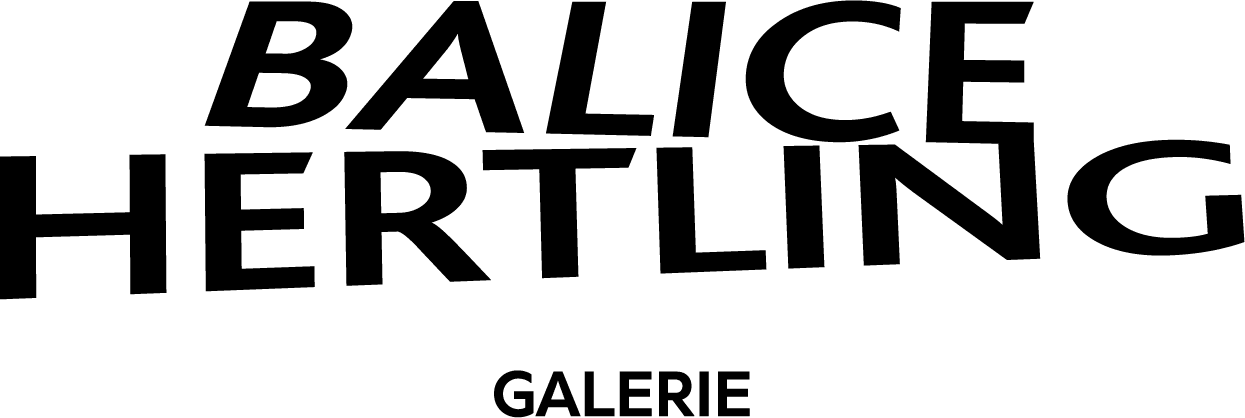Rafik Greiss: Closer
The adjective “closer” is relative; it describes a movement that is also an anticipation, a gradual orientation that exists without absolute value. Moving “closer” involves the twin dangers of overestimating either how much we have in common or how much divides us. In his photographs, Greiss concentrates less on individual subjects or objects, and more on the web that hangs them together. In his series “The Backfire Effect,” 2021, the artist presents several life-size photographs of ears, each with a correlating square of train braille installed on the floor below. The “backfire effect” references a cognitive bias theory of the same name, first proposed by political scientists Brendan Nyhan and Jason Reifler in 2006, according to which individuals are so committed to a particular belief that they not only reject any fact or evidence contrary to it, but ultimately reinforce their original perspective. In this series, Greiss responds to this theory as well as to his own experience participating in London’s Black Lives Matter protests of summer 2020, when he observed how some individuals focused more intently on the sound of their own voices than on the chorus of the crowd. What is lost, Greiss seems to ask, when too much emphasis is placed on the individual?
In another photograph (“Limerence”, 2021), two people embrace in the red sway of a smoky dance floor. Their faces are not visible, buried instead among the soft hollows of each other’s neck and shoulders. Their mutual action, however—a hug in the chaos of the club—emerges as the work’s animating force. Greiss captures a similar ambivalence in the photograph “Untitled (the Light that Filters through the Green),” 2017: here, a foggy window bears the tracks of fingertips that, in their wake, have turned the glass transparent, allowing it to become filled by the green of an outside forest. This etching in condensation recalls both the linguistic significance of hieroglyphs as well as the nostalgia of childhood doodles on rainy car windows. Yet this scene is also an unstable one. The markings will fade, vulnerable to conditions of temperature and time—as we all are. This subtle transition to the universal is a common effect of the artist’s work, which often deals with the passage of time and its possibilities (if not guarantees) of erasure and disappearance.
Free from moralism or manifesto, Greiss does seem to suggest one way to rage against the inevitable decay of our material realities. This proposition is to mark the world more, mark it deeper and with greater frequency. On the gallery floor there are cases containing keys. Visitors are invited to scratch the metal plates of the wall, just like on the train. This act of collective “vandalism” establishes a poetics of space that depends on presence and the beauty of chance. Through this work that is also play, the artist challenges the boundaries between public and private. More broadly, he also invokes questions of borders as mechanisms that containerize people and land. How might we understand something like a border through the senses? Once borders have been scratched, prodded, listened to and tasted, one’s position on one side or the other might seem less justifiable, less logical. This is not a scientific approach of impartiality that Greiss takes, but an up close and personal proximity that gives way to reciprocal respect and understanding.
“Closer” is a slow-burn transformation, a show that reminds us that intimacy is nothing other than a degree of closeness. Here, Greiss asks for a closeness that moves closer still, whether or not that transit ever leads to a moment of intersection, or if, like train cars crossing in the night of underground tunnels, what was close becomes far.
Lou Ellingson


